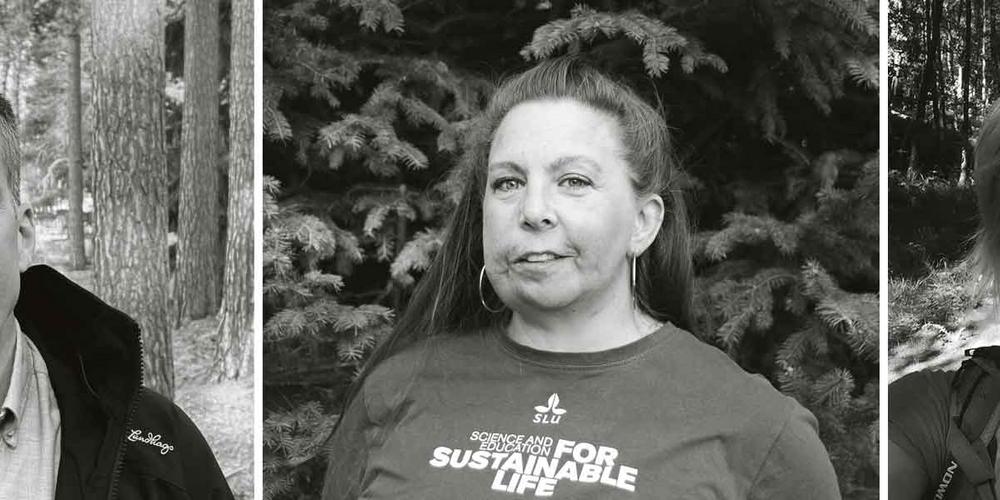- Home
- Research
- Find research
- Three voices on what the forest will look like in 50 years.
Three voices on what the forest will look like in 50 years.
Three experts offer their perspectives on a current topic.

Laurence Nachin
PhD in microbiology and cell biology, nature and forest therapy guide at her company Sense in Nature
“The future of forests is linked to whether people are willing to leave the Anthropocene behind. In the Anthropocene, Nature serves human needs, whether for energy, materials, entertainment, health or even survival in the face of climate change these days. An ‘Anthropocene forest’ exists because it has a function that humans can enjoy or exploit. In the Symbiocene, humans rediscover their place in Nature as an integral part of the ecosystem. A ‘Symbiocene forest’ plays its role on Earth and people find resources there. This is a paradigm shift for many of us but most indigenous peoples live this way. The Earth’s forests were the result of billions of years of evolution, and were places of incredible biodiversity and interconnection. We turned all of that upside down. If we want ‘Symbiocene forests’, then we need ‘Symbiocene research’.”
Emma Holmström
Docent in forestry sciences at the Swedish University of Agricultural Sciences (SLU)
“Climate change and the consequential societal changes are by far the most important thing for us to address now and in the next 50 years. I believe that we humans will create solutions and collaborations that move in a positive direction. Globally, we will be more bio-based and resource-efficient. Similarly, with the digitalisation and automation of Sweden’s forestry industry, the trend towards smaller machinery and greater precision in the measures taken will continue. This means, for example, less environmental impact during soil scarification and planting. We will probably also see greater differentiation in the forest landscape, which will look different from today. Even if we still have much of the coniferous forest we see around us today, there will be more plantations of deciduous trees such as birch, poplar and aspen, with short rotations, forest continuity with low-intensity management, sparser mixed forests to support lichens and field vegetation, and more areas with dead wood and old trees being set aside.”
Jonas Eriksson
Forestry Manager at Holmen Skog
“Forests continue to play a central role in the transition to a sustainable society, and forestry has an important societal role in producing renewable raw materials that can be used to build houses that store carbon, and by-products that can replace unsustainable alternatives such as plastics. Development and new knowledge have provided better conditions for utilising the land’s ability to produce biomass, which can then be harvested efficiently and considerately. The measures taken in forestry have become more precisely adapted to the circumstances using advanced technologies in what is termed precision forestry. This combines higher timber production and carbon sequestration with even more diversified forests. Since no one knows exactly what will be expected of forests in 50 years, Holmen’s strategy is to create forests with scope for discretion in their management; forests that are robust and diverse and can cope with the effects of a changing climate while delivering multiple ecosystem services. ”
